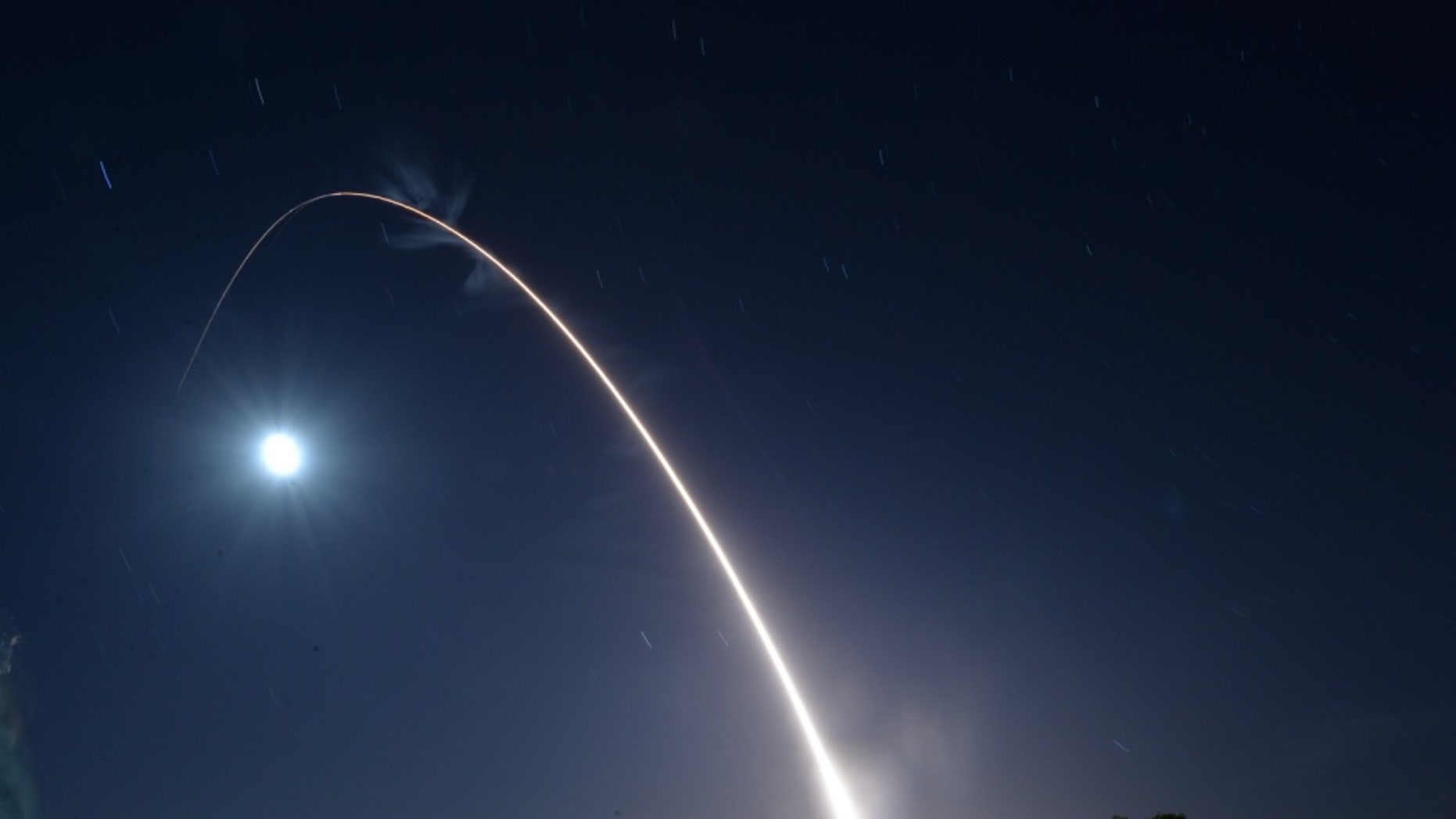New Pentagon technology can detect enemy nuclear attacks faster
 The Pentagon and industry are taking new technical steps to quickly alert commanders in the event that the U.S. comes under nuclear attack by increasing the time window with which decision-makers have to both defend and potentially retaliate.
The Pentagon and industry are taking new technical steps to quickly alert commanders in the event that the U.S. comes under nuclear attack by increasing the time window with which decision-makers have to both defend and potentially retaliate.This includes using emerging software and hardware technologies and new architecture to, among other things, migrate time-sensitive targeting data to the cloud, increase network resiliency and better connect space, air and ground nodes into a fast, seamless integrated threat analysis system.
The current work, which includes new technical methods of engineering communications nodes within a broad network, is part of an overall Pentagon strategy to improve missile warning systems as quickly as new technology emerges. The effort, according to Missile Defense Agency officials, can be described as ongoing improvement of its Command and Control, Battle Management and Communications System.
No comments:
Post a Comment